Queen Margaret University and Prostituted Academia
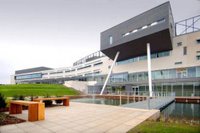 A few weeks ago, newspapers were carrying remarkable stories about a Scottish mineral water, Deeside Water, that could halt aging, reduce wrinkles and have amazing anti-oxidant effects – a remarkable fountain of youth. Newspapers gushed with reports of this amazing scientific discovery. Even the BBC had previously reported that Deeside Water could “treat rheumatism, skin conditions and stomach complaints” .
A few weeks ago, newspapers were carrying remarkable stories about a Scottish mineral water, Deeside Water, that could halt aging, reduce wrinkles and have amazing anti-oxidant effects – a remarkable fountain of youth. Newspapers gushed with reports of this amazing scientific discovery. Even the BBC had previously reported that Deeside Water could “treat rheumatism, skin conditions and stomach complaints” .
Deeside water were celebrating a press release from Queen Margaret University (QMU) in Edinburgh that said that “A bottle a day keeps the wrinkles away”
For the first time, scientists can prove that Deeside Mineral Water actually slows the signs of ageing and does so 50% more effectively than other tested waters on the market.
In the first of two new research studies, Deeside Mineral Water was rigorously tested against other major international market leading brands of bottled water. The study was undertaken by scientists at Queen Margaret University in Edinburgh and confirmed that Deeside Mineral Water is 50% more effective than other waters tested in suppressing free radicals.
Dr Mary Warnock, lecturer in Dietectics, Nutrition and Biological Sciences at Queen Margaret University explained “Free radicals are harmful to the body’s cells and contribute to the ageing process. Reducing free radicals helps protect cells from damage. Deeside Mineral Water has some very unusual properties and we know that people have been drinking it for its curative benefits for centuries. The results from these tests are very exciting. They show that something as simple as Deeside Mineral Water, a Scottish product, could be effective at protecting the body and skin from the harmful effects of free radical damage.”
The study, carried out on women aged between 18 and 52, also showed a reduction in the average number of wrinkles when a litre of Deeside Mineral Water was drunk daily over a period of 12 weeks. Again this is due to skin hydration, one of the single biggest factors in the ageing process. The test results showed that by drinking Deeside Water, the skin was plumped up, leading to fewer wrinkles.
Now, this rang many alarm bells. Firstly, extrapolating from test tube data to ‘health benefits’ of products is one of the cardinal sins of quack nutritionists. Just because a product “suppresses free radicals” in a test tube does not mean that the same product will “slow the signs of ageing” when eaten or drunk. Not least, any antioxidant effects of a mineral water must be utterly insignificant when looked at in conjunction with other components of a diet, i.e. food. The idea that choosing one brand of water over another will have any meaningful effect in ‘slowing aging’ is just preposterous. The research at QMU, if it existed, surely could not support the claims in the press release or the newspapers.
My alarms rang even louder when I read the Deeside Water web site. The site starts of with quite a claim that it “is one of the purest, healthiest waters in the world”. The site gets remarkably worse when it describes Deeside Water as ‘enhancing complementary treatments’. It claims the water has a ‘living energy’ and ‘higher vibration’ than other waters, and advises its customers to “Ask your pendulum which water is the best for well-being!”, Genius quackery. To cap it all, we find out that the water is supplied to Prince Charles, the quacktitioner royal, to bottle as Duchy Original water.
Given that the claims made in the newspapers were extraordinary, and that the marketing people at Deeside Water were more familiar with pendulum dowsing than science, I thought I really had to see the original paper these reports were based on. A google search drew a blank. The newspapers were silent on their sources. So, I emailed Dr Mary Warnock of QMU to ask: 1) where was the research published and 2) how did the research come about.
After a bit of back and forth, Dr Warnick told me that the answer to question 1 was that the work was, as yet, unpublished. Despite several requests, question 2 was not answered. This is interesting and alarming. This bottled company gets loads of free publicity in the newspapers, worth many thousands of pounds of advertising equivalent spending, based on research that looks highly suspect and we have no way of questioning for ourselves what went on in that research.
Naturally, I was intrigued as to how such a press release from the University could come about. What led to this extraordinary press release? Was research really undertaken and what was the relationship between the researchers and Deeside Water? Since the academic in question was not forthcoming, there was only one route to take.
At this point, I would like to make a plug for a great web site: whatdotheyknow.com. This site has been set up by a charity called mysociety.org that brings together some rather fabulous techie volunteers who use the tools of the internet to promote openness and transparency in our democratic process. It’s what the government really ought to be doing, but it does not have a clue. I think they like to run the governments nose in their success by showing them that government IT need not be huge, expensive and disaster prone, but simple, effective and cheap. Their range of projects and sites is very impressive.
Whatdotheyknow.com is a site that allows any member of the public to submit freedom of information requests to public bodies. You do not need this site to make a FOI request, but the site offers lots of advice, it guides you through the process and ensures the receiving authority knows that they are being publicly monitored in how they respond. In doing so, it helps enforce good practice on all sides. Great stuff.
So, I submit my request to QMU, and rather marvelously, within a couple of weeks, I get my response.
And what did I find out?
It looks as if the research was initiated through an organisation called Interface (http://www.interface-online.org.uk/), an “organisation funded by the Scottish Funding Council.” Its aims:
Interface offers a central point of access for industry to Scotland’s research base. We provide a unique service designed to address the growing demand from businesses wanting to engage with academia for knowledge and expertise.
In principle, nothing wrong with that. Allowing businesses to use the resources of academia undoubtedly can give businesses benefits; access to ideas, expertise, tools and technology that may well be beyond them. For example, when developing products, sometime you will need access to measurement techniques or equipment that would be too costly to invest in for a one off use. Academics benefit from some funding and businesses can create innovative products.
And what did Deeside Water seek from the academic community?
REQUIREMENTS
The company is now looking for skin research to test the anti-aging effects of their Deeside Mineral Water on human skin cells. They would also like to know whether anti-oxidant effects can be measured in human skin cells.
They plan to use this to promote the health enhancing effects of their water and to potentially look to additional applications for their water.
Research has already clinically proven that the water has anti-oxidant, anti-inflammatory and anti-aging benefits. Tests have been carried out using different cells and they would now like to test human skin cells specifically. See their website for further details (http://www.deesidewater.co.uk/trials.html)
We hope the research can be set up and run in the short term, within a few months.
The project should be completed in a short time of around one month.
So, Deeside Water are not explicit about the nature of the experiments to be done, but they are quite clear that they want to use whatever is done to “promote the health enhancing effects of their water”. It is not clear what other applications of their water they might be seeking. Obviously something that their pendulum is not telling them.
This is not product R&D. This is a straightforward request for some cheap PR for their quack water. And they want it quick and do not look too fussed about what is done. Queen Margaret University dutifully obliged with the above PR release.
I find it difficult to hide my contempt for this shabby little PR game. We are used to newspapers simply reproducing press releases from companies without research and criticism. It is a method by which companies can get lots of advertising on newspapers without paying for it. When it works it is a great coup.
But to get an academic institution to do your dirty work for you is shocking. And when that University is so obviously compliant, then I can only conclude that the meaning of academia in the UK is utterly subverted.
I am perhaps old fashioned and naive, but I would like my Universities to be a source of reliable research that is largely free from undue commercial pressure or government intervention. I would like to be able to trust in the integrity of the research that emerges from them and to be confident that due impartiality is being represented. Good democracy depends on having institutions that are free to research, criticise and innovate. The good working of society requires that we trust these institutions to present their work fairly and openly.
What this sort of game does is undermine the notion of science in the public eye and destroys the ability of science to be able to inform public debate. When we cannot trust ‘experts’ then people will look to other sources of knowledge and invariably that will come from vested interests, political lobbies and, in the case of healthcare, crackpots.
Queen Margaret University has shown that it is willing to take the Quack’s shilling and promote a nonsense for simple financial gain. We have not learned any new science from this. There is no research we can discuss and criticise. QMU’s mission statement is:
To enhance the quality of life and serve communities, through excellence and leadership in vocationally and professionally relevant education, research and consultancy, as a university which is outward looking and committed to innovation, participation and lifelong learning.
I see little evidence of that here.
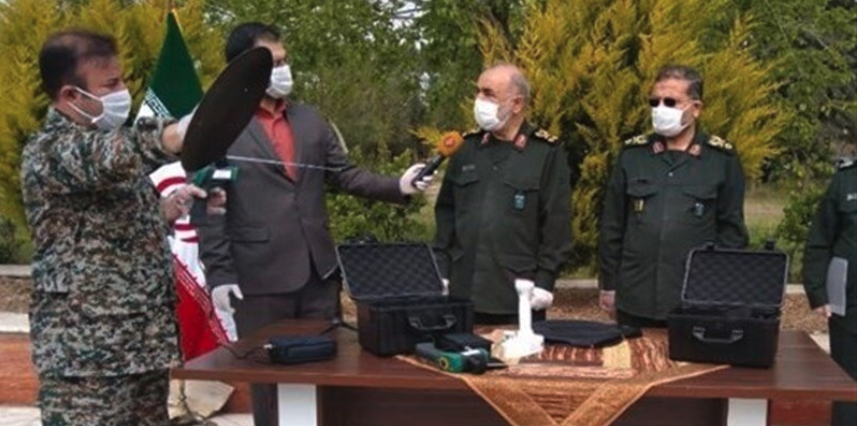
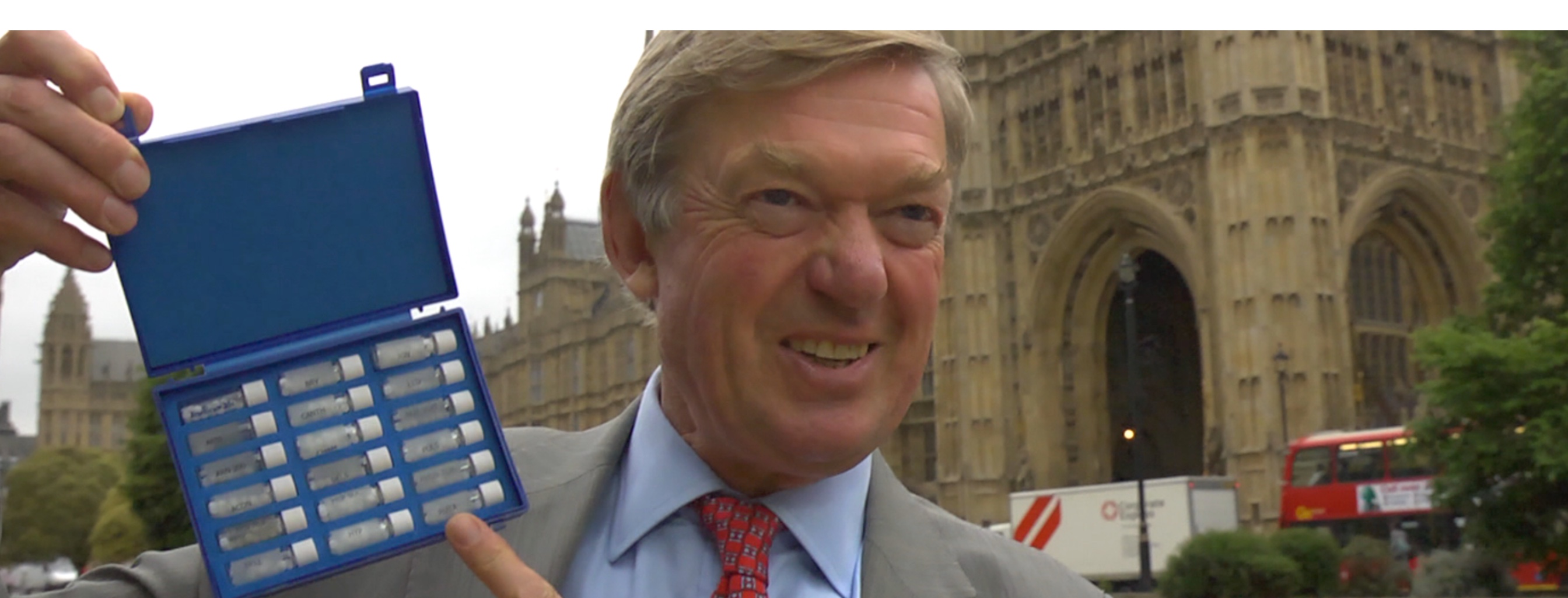
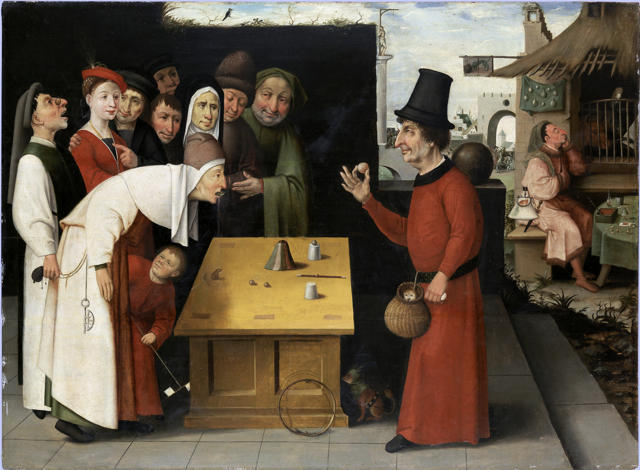


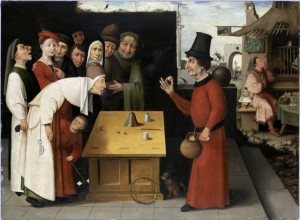


14 comments